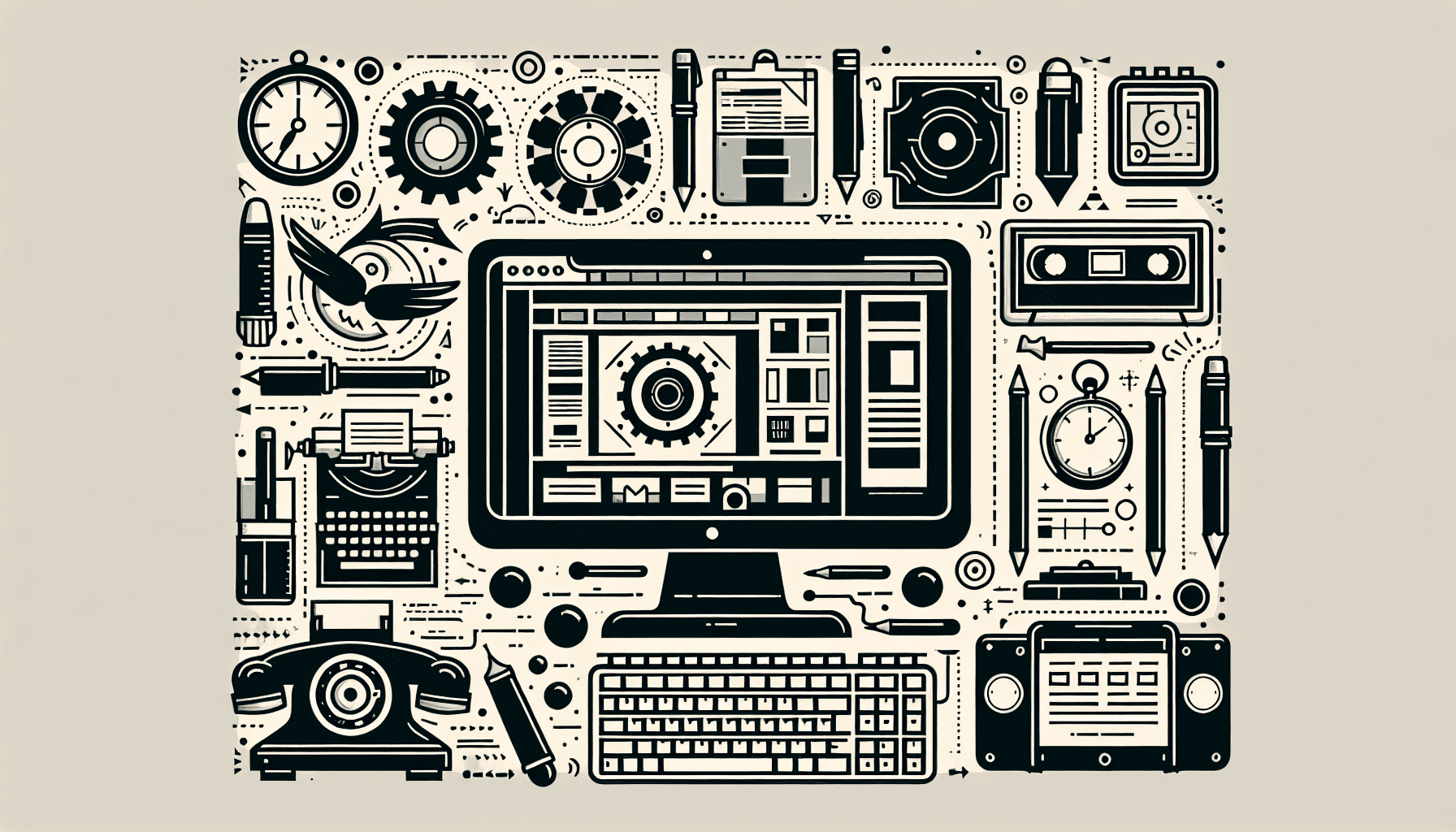Graphic design has undergone a remarkable transformation, evolving from traditional methods to modern digital artistry. This evolution reflects not only advancements in technology but also changes in how we communicate and the role design plays in our everyday lives. The journey from ink and paper to pixels and code is a fascinating tale of creativity merging with technology.
In the early days, graphic design was a labor-intensive process requiring meticulous craftsmanship. Designers worked with tools like pencils, pens, and rulers to create layouts manually. Letterpress printing, lithography, and screen printing were among the primary methods used to reproduce designs. These practices demanded a deep understanding of typography, a keen eye for detail, and honed skills to visually represent ideas.
The mid-20th century marked a turning point with the introduction of phototypesetting and other technologies that began to digitize parts of the design process. The 1984 release of the Apple Macintosh revolutionized graphic design by offering tools that allowed designers to create layouts with much greater ease and precision. Software like Adobe Illustrator and Photoshop, which emerged in the late 1980s and early 1990s, further transformed the field by providing powerful digital tools for manipulating images and text.
As the internet gained prominence in the late 20th century, the need for web design emerged, ushering in a new era of graphic design. Designers had to adapt to creating interactive and user-friendly interfaces for websites and, later, mobile applications. This shift required not only a comprehension of aesthetics but also an understanding of user experience (UX) and user interface (UI) design principles.
Today, graphic design is an ever-evolving field that continues to adapt to new technologies. Artificial intelligence and machine learning are beginning to have an impact, automating certain design tasks and providing new ways to create personalized visual content. Virtual reality (VR) and augmented reality (AR) are other emerging technologies that offer designers new dimensions to explore and create immersive experiences.
Modern designers blend traditional design principles with cutting-edge technology to craft stunning visual communications. They use software to create complex vector illustrations, manipulate high-resolution images, and design responsive, interactive digital interfaces. The skills required continue to expand, encompassing knowledge in coding, animation, and 3D modeling.
Graphic design today is more than just aesthetics; it involves storytelling, problem-solving, and building connections between brands and audiences. Designers must balance creativity with functionality, ensuring that their creations effectively communicate the intended message across a range of media.
Moreover, the accessibility of design tools has democratized the field. With readily available software and online resources, aspiring designers can easily develop their skills and experiment with different design styles. This democratization has brought a diverse array of voices and perspectives into the field, enriching it with varied cultural and aesthetic influences.
In conclusion, the evolution of graphic design from its traditional roots to its current digital incarnation is a testament to human creativity and ingenuity. As technology continues to advance, so too will the possibilities in design. The future holds endless potential for designers who are willing to explore new tools and technologies while maintaining the timeless principles of good design. Whether creating for print, web, or burgeoning virtual spaces, graphic designers will continue to shape the way we see and interact with the world.
